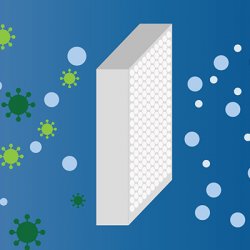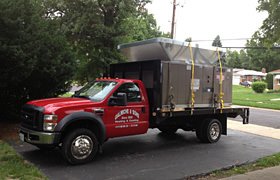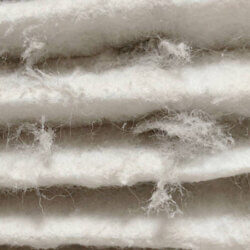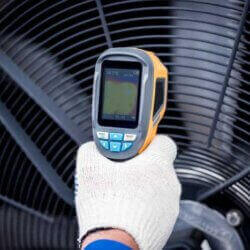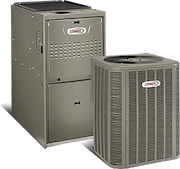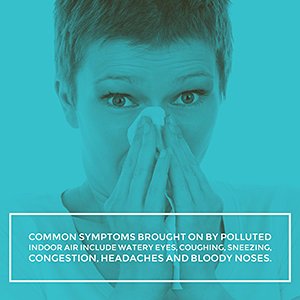
In the looming cold months ahead, it is especially important to pay extra attention to any factor that may lead to bad indoor air quality in your home.
We tend to spend more time indoors and often keep our doors and windows tightly closed when the temperature outside drops. While your family’s comfort and warmth should always be a priority, stagnant indoor air can cause bad indoor air quality to become more prevalent.
8 Bad Indoor Air Quality Symptoms
Learning the effects that poor air quality can cause is a sure fire way to measure the magnitude in which bad indoor air quality is affecting your home. Some common symptoms include, but are not limited to:
- Itching and irritation of the nose, mouth, and throat
- Nausea and dizziness
- Mental fatigue and sleepiness
- Respiratory infections and illness
- Irritation to mucus membranes
- Dry skin
- Skin rashes
- Any other form of hypersensitivity shown through respiratory and skin reactions
If any of these bad indoor air quality issues persist, it is important to be proactive about figuring out the source of them. The sooner you find the cause of these symptoms, the simpler it will be to effectively find a solution.
Combating Bad Indoor Air Quality
There are several simple ways you can combat bad indoor air quality. These include:

- First, and most simply, you should check the air intake and filter in your HVAC system, taking special care to make sure your unit is functioning at peak performance.
- Purchasing an air purifier for your home may be especially important in the cold winter months as stagnant air is a known cause for bad indoor air quality.
- Buying a dehumidifier is an easy step you can take to eradicate any excess moisture that may cause problematic breathing conditions and the growth of mold or mildew.
- Begin purchasing and using safe, organic cleaning supplies, as these are far less likely to become a factor for bad indoor air quality.
- Whenever weather permits, it is always useful to periodically open the windows in your living space, flushing out any harmful dust mites and air particles caused by days of stagnant air.
- Finally, don’t forget to contact your local heating & air conditioning specialists. While there are steps you can take to prevent bad indoor air quality in your home, some things are better left to the professionals. Scheduling a walk through to make sure your HVAC system is functioning properly may be the most proactive thing you can do to prevent your family from falling victim to bad indoor air quality.
How Can Galmiche & Sons Help You Fight Bad Indoor Air Quality?
For over half a decade, our heating and cooling specialists have made your air quality and comfort our personal priority. Galmiche & Sons is on the forefront of heating and cooling in St. Louis and the surrounding areas. Our experts are knowledgeable and skilled in modern day methods of preventing bad indoor air quality in your home, and we can help you take the most important steps in preventing bad indoor air quality from infecting your home. Call us today; don’t delay your family’s health a moment longer!



